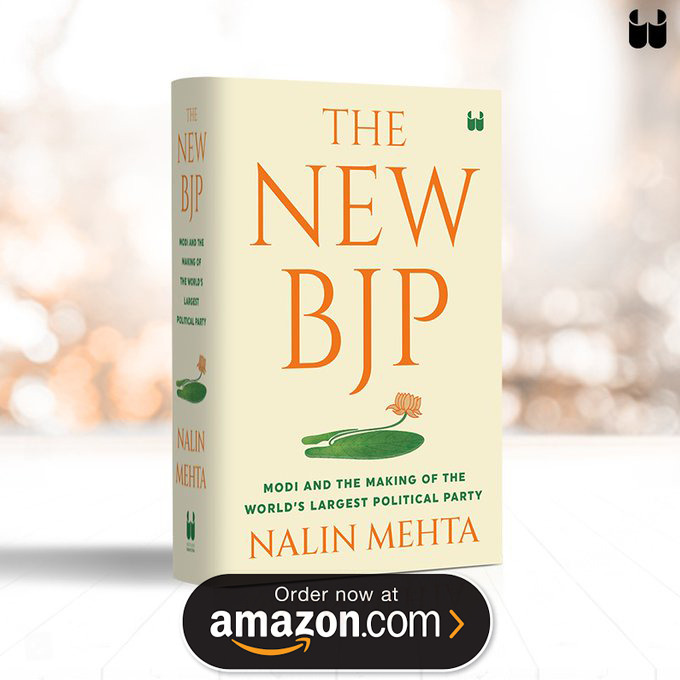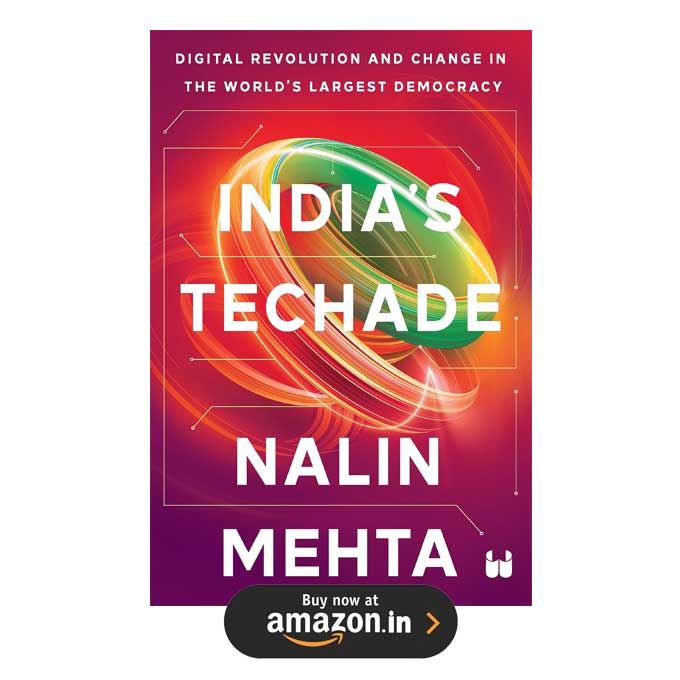Six years after India first won the cricket World Cup in 1983, the sociologist Ashis Nandy famously wrote, “Cricket is an Indian game, accidentally invented by the British.” With the euphoria over Dhoni’s triumph still washing over us, those words spring back. Cricket has long had a social and political dimension in this country and the striking pre-eminence of cricket in the Indian imagination is deeply rooted in a set of complex and contradictory processes that parallel the emergence of an “Indian” nation itself.
When Kapil’s Devils lifted the World Cup for the first time, they surprised even themselves. India for all its long history in cricket was still a minnow of the game. Outside of the sporting pitch, politically too it was a nation in disarray.
The Nellie massacre had just taken place and Assam was burning, Punjab was a tinderbox about to ignite, the historic peace accord in Mizoram with Laldenga was still three years away, the other North-Eastern insurgencies were still raging, Infosys was still an unknown start-up in Bangalore and the steely grip of the license-permit raj was asphyxiating the economy.
We were a nation in crisis and if anyone had predicted then that it would prove more resilient than the Soviet Union; that the Eastern bloc of the Cold War would soon collapse but India would remain intact, they would have been laughed out of the room.
It is difficult to imagine now with the burgeoning muscle of Indian capitalism that drives our cricket and the world’s but in 1983 N K P Salve, then a Union Minister, Congress strongman from Nagpur and president of the BCCI was refused an extra ticket to the final by the snooty management at Lord’s.
He had been allotted one, but when his team unexpectedly reached the final, he asked the MCC for another ticket for his wife who had just flown in.
He was snubbed and it was that putdown that galvanised him to rally the ICC’s associate countries and get the next World Cup out of England and to India in 1987.
In many ways, Dhoni’s triumph completes the deeper struggle that started on that day at Lord’s. At the level of power politics, until as late as 1993, England and Australia retained a veto power in the ICC on any matter relating to international cricket.
By the early 1990s though, the skills of Dalmiya and Bindra had combined with the driving force of the surging Indian economy and the numbers of Indian television to reverse that power structure. With 80 per cent of the revenues of the international game now coming from India, it has long controlled the global game.
But economic control would always seem a bit hollow without respect on the sporting field. The spirit of a new resurgent India that Sachin brought to the game, which Ganguly inculcated as captain and which Dhoni now embodies, completes the sporting takeover. Unlike the surprise guerrillas of 1983, for the first time in 2011, an Indian team entered the World Cup as favourites and lived up to its billing.
Cricket’s great fortune has been that the 1983 triumph coincided with two historic social developments: the creation of a national TV network and the simultaneous creation of a new consumerist middle class.
In 1980, there were just 18 TV transmitters in India and 2 million TV viewers, by 1990 India had 500 TV transmitters and 30 million viewers of Doordarshan.
It was the perfect staging ground for the newly emerging satellite TV networks and their use of cricket as a battering ram to capture the Indian imagination.
Cricket has always been big in this country, but the special madness of Indian cricket and its complete fusion with national identity that see on our streets today was something that was forged only in the 1980s.
It is no accident that when TV advertising first started becoming big on Doordarshan, the first pan-Indian icons it tapped into were the heroes of cricket: Kapil Dev, Sunil Gavaskar and Ravi Shastri after the 1985 Benson and Hedges Cup.
The focus of this advertising was the new exploding middle class and it helped create a new notion of it even as it sought to convert them into consumers. In the words of one marketer, the commodity images on television “opened up whole new worlds that they never knew existed”.
Dhoni’s team then completes that process. It is as much a finished consumer product as it is a champion side, as much a glib and polished billboard for the new muscular Indian economy as Kapil’s team was an uncut, rough and ready diamond, waiting to be harnessed.
In 1983, Ranchi was a provincial backwater and Mahendra Singh Dhoni a toddler. Last year, Ranchi was rated among the highest employment generating cities in India, fuelling 16.8 percent of new jobs being created in Tier-III cities.
And Dhoni, its most famous product, reflects the whirring internal engines of India and its can-do spirit as much as anyone else.
Did anyone say cricket was just a game?

